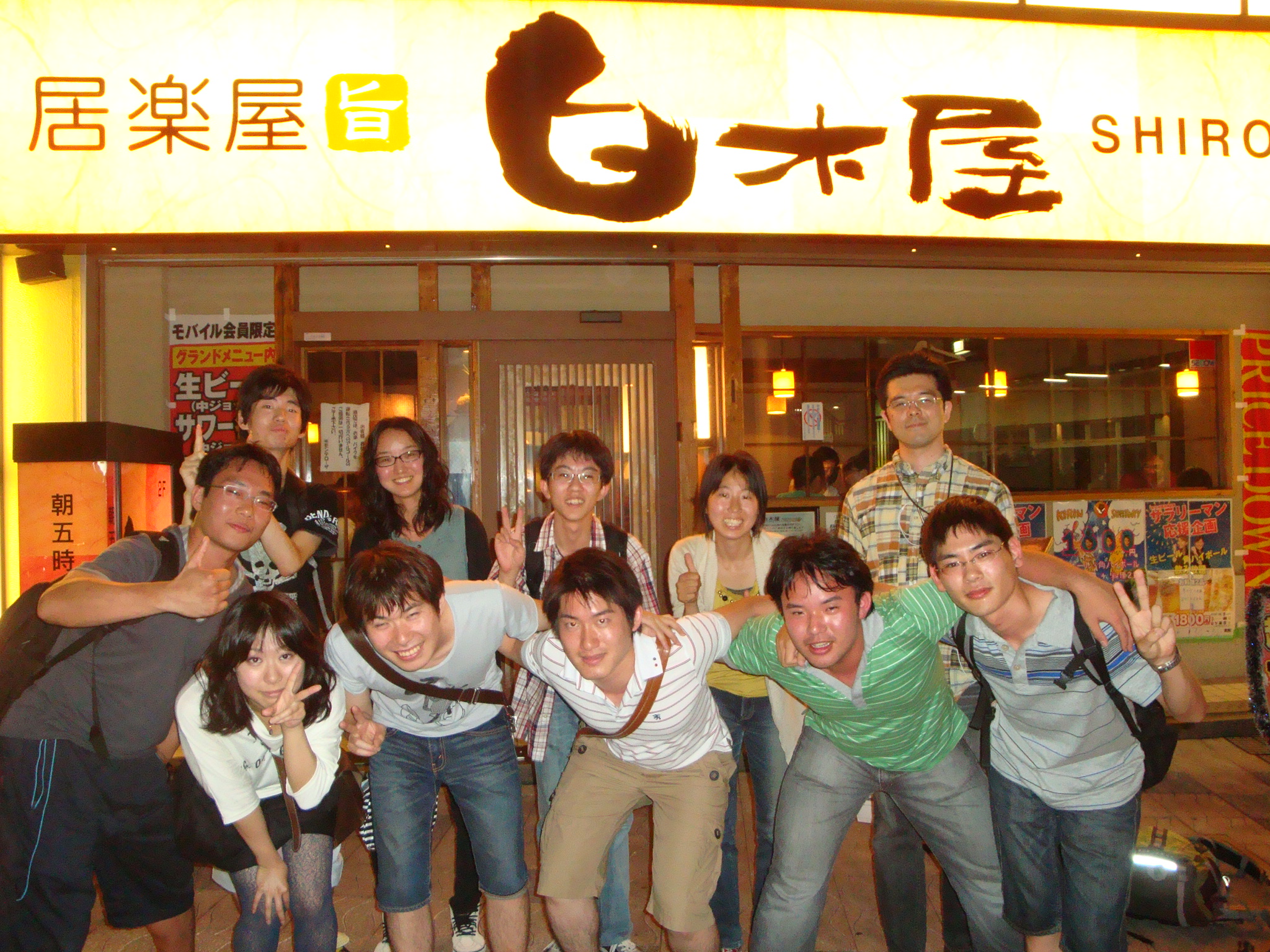From 2010.igem.org
(Difference between revisions)
|
|
| Line 1: |
Line 1: |
| - | [[Team:Osaka | iGEM Osaka 2010]]
| + | {{Osaka}} |
| | | | |
| | {| | | {| |
Revision as of 14:57, 25 September 2010
| We're a team composed of mainly undergraduates from the Bioengineering course, but this year we have people from Applied Chemistry, Applied Physics, Biology and Medicine in our team too! Together we're gonna do something GREAT!!
| 
|
| We have decided to pursue a project aimed at addressing a major environmental issue: desertification. Desertification, the degradation of semi-arid land into desert-like conditions, is characterized by gradual loss of soil productivity and the thinning out of vegetative cover. Loss of vegetative cover exposes the topsoil to wind erosion as well as reducing water retention, leading to desiccation of the soil over time.
Although the extent of the world's deserts expand and contract in response to naturally changes in climatic conditions, desertification is a progressive phenomenon induced by human activities such as deforestation, overgrazing, or poorly managed agriculture. It has serious implications for the biodiversity and productive capacity of affected areas and as such effective measures must be taken to limit its progress. Such measures or techniques often involve fixating and hyper-fertilizing the soil, which slows down erosion and aids water retention. Our goal is to engineer microbes (yeast or E. coli) capable of carrying out this task.
We shall attempt to engineer microbes to produce and excrete substances for soil fixation such as polyglutamic acid (PGA). Such microbes shall also be expected to withstand semi-desert conditions and as such we shall be looking into implementing heat- and desiccation-stress resistance into our microbes. Finally, to ensure the microbes have a sufficient energy source we shall incorporate cellulose breakdown into the system; the glucose obtained from cellulolysis will also serve as substrate for PGA production. We envision a cycle in which the microbes break down cellulose in dead plant matter and use it to produce PGA; a matrix of PGA within the soil increases its water content through retention, supporting the growth of more vegetation; this results in more plant matter which then feeds back into the beginning of the cycle.
|
|
|
|
|